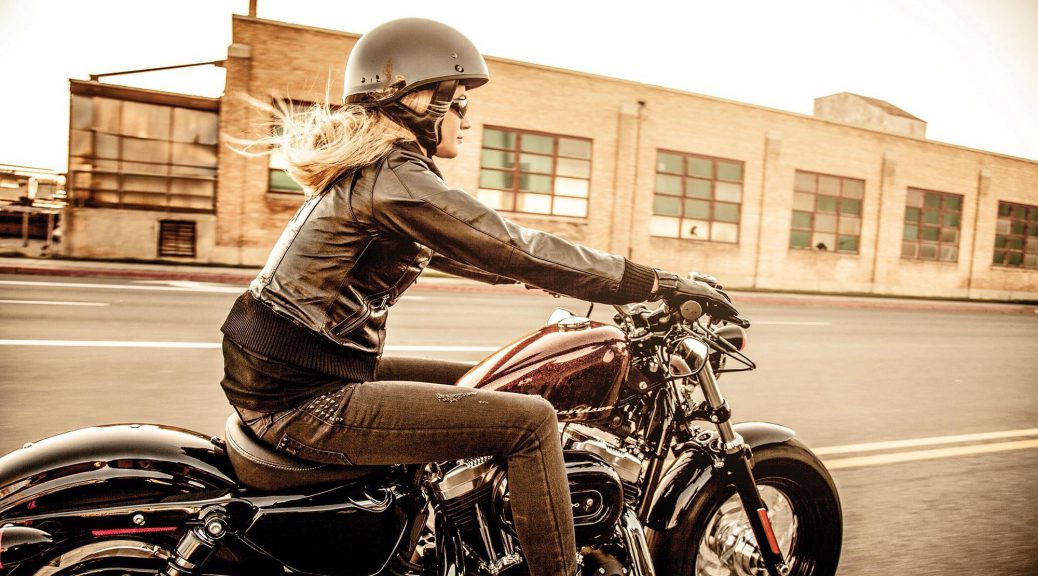Us bikers are a funny lot when it comes to change. For a bunch of people who roar around on our two-wheeled rebellion machines revelling in the thought that we’re different from all the rest, we still seem to be as stick-in-the-mud-ish as anyone when things don’t stay the same.
While staring down extinction in the form of plummeting sales, the death of internal combustion and a rapidly aging customer base, oh how we mocked those silly hipsters who flocked to the community with their youthful exuberance and industry-saving spare cash.
Then we complained about electronic aids ‘taking over’ from humans mere milliseconds before throwing our hard-earned money at BMW’s S1000RR with its 200 traction-controlled horses, clutchless shifts and hilarious computer-aided wheelies. And don’t get us started on those hippy-hugging electric bikes with their planet-twisting amounts of torque and non-existent running cost.
So, what’s really moved the dial in the past 5 years? Here are our top 5 developments in motorcycling that ruffled some old school feathers while also steadfastly proving to be a whole more fun than most riders could ever have imagined.
Female Riders
With female suffrage celebrating its 100 year anniversary in most Western countries around about now, it seems rather incredible that we’re sat here discussing something like this, but yet here we are. And is it any wonder? To this day, we still overhear old male bikers at popular rest stops espousing some pretty old-fashioned views about women and their supposed biking abilities.
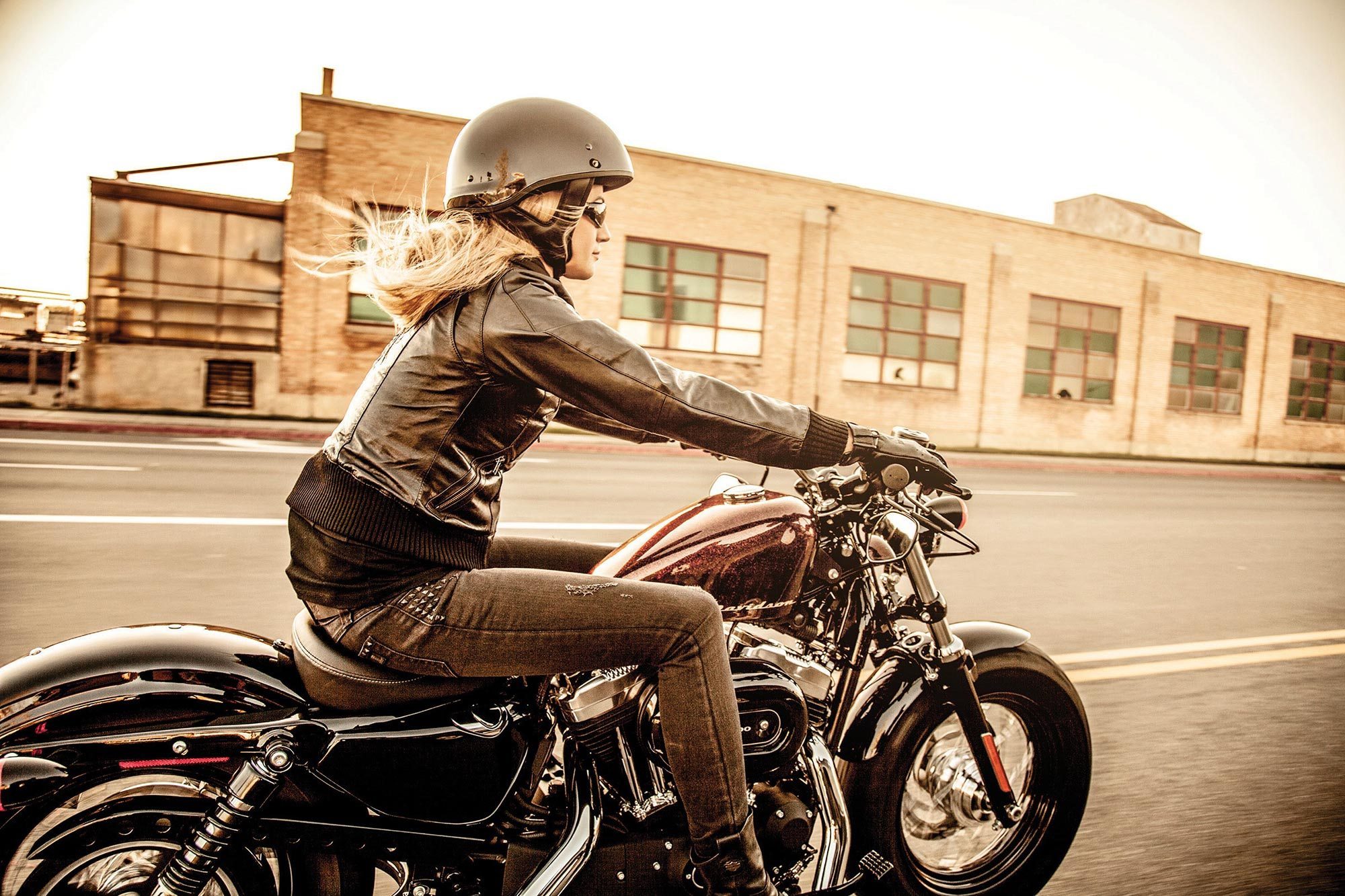
Much to the amazement of motorcycling’s old mates, they don’t own the sport and no one’s really listening to their dyed-in-the-wool views on what women can and can’t do anyhow. Or to put it another way, if picking up a dropped BMW 1200 GS or kickstarting an old Harley is the sole test of motorcycling capabilities, there’d be an army of men out there that should be hanging up their helmets immediately.
So for the first time ever, women are now feeling that bikes are an enjoyable pastime rather than an expensive way to get more sleazy, ignorant comments. And from a manufacturer’s point of view, it looks a lot like they’ve just doubled their customer base. Just imagine what all that extra cash will do for their R&D budgets, design departments and new model releases?
Power Increases
It seems like only yesterday that we’d all stand around gawking like fools as that Hayabusa rolled into the carpark of our local meet-up spot. ‘It’s got 170 horsepower!’ we babbled as the rider took twelve attempts to reverse park the Cadillac-length behemoth.
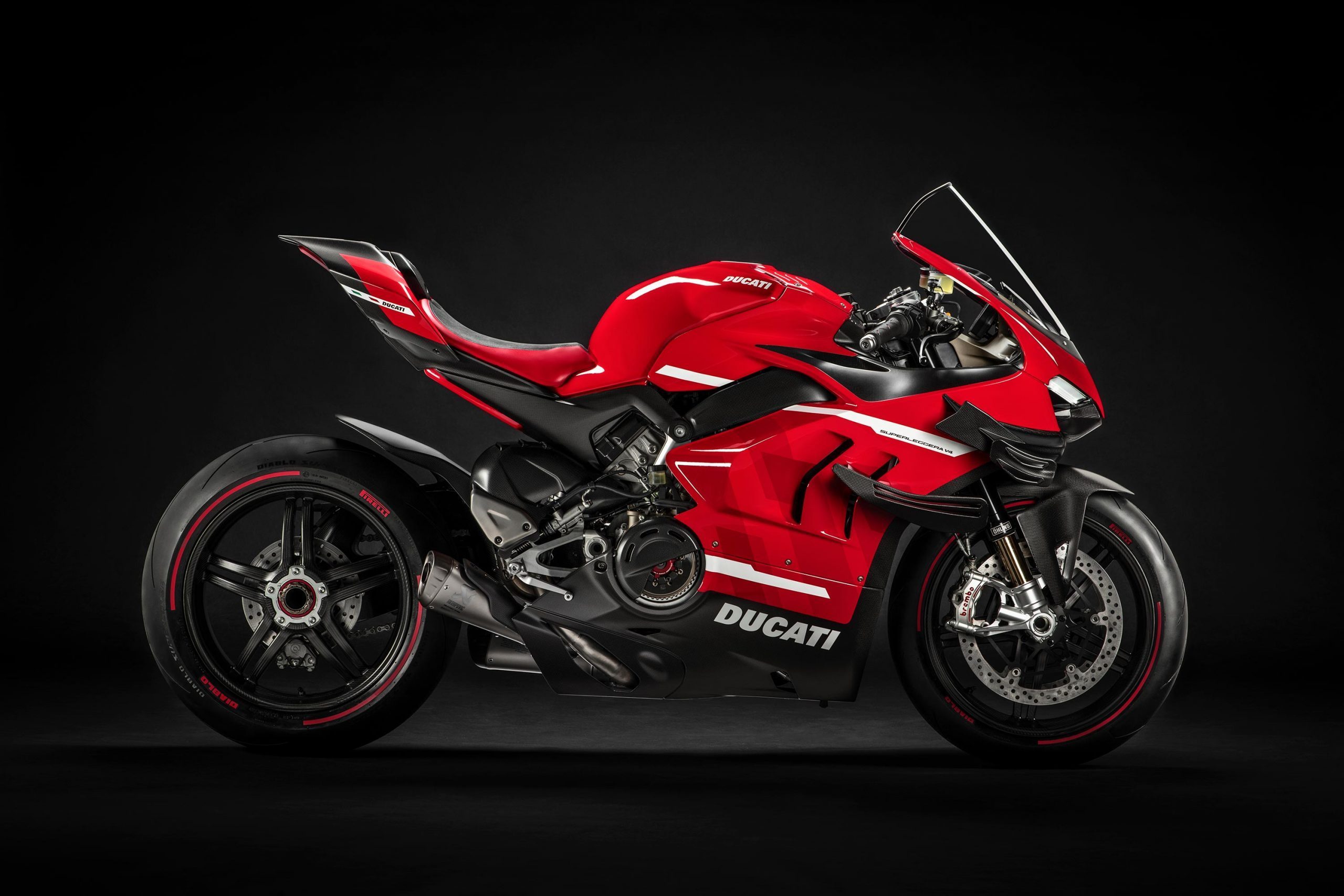
Fast forward 10 years, and it seems like the ’Busa and Honda’s once mythical Super Blackbird are now underpowered and even a little – dare we say it – slow. Why froth over 170 horses when there’s Kawasaki’s H2 with 228 ponies or Ducati’s 152 kg (335 lb), 221 HP V4 Superleggera. Hell, that thing’s got too much damn boom-boom for World Superbike and it’s also road-legal. Just think about that for a moment.
Of course, all this furious power and near-lightspeed capabilities are only possible thanks to the new-fangled electronic doohickies Ducati and Kawasaki’s white-coated boffins and installed to stop us all from becoming red smears down our local set of twisties. So all you naysayers from 5 years ago, tell us again how ABS brakes are for learners who can’t modulate their stopping? We’re all ears.
The Rise of Electrics
We’ve all seen the YouTube videos of Teslas mercilessly kicking Porsche, Lambo and Ferrari butt. They don’t even seem to break a sweat doing it. So don’t kid yourselves, the same thing’s going to be happening to motorbikes before you can properly pronounce the name of Elon Musk’s kid.
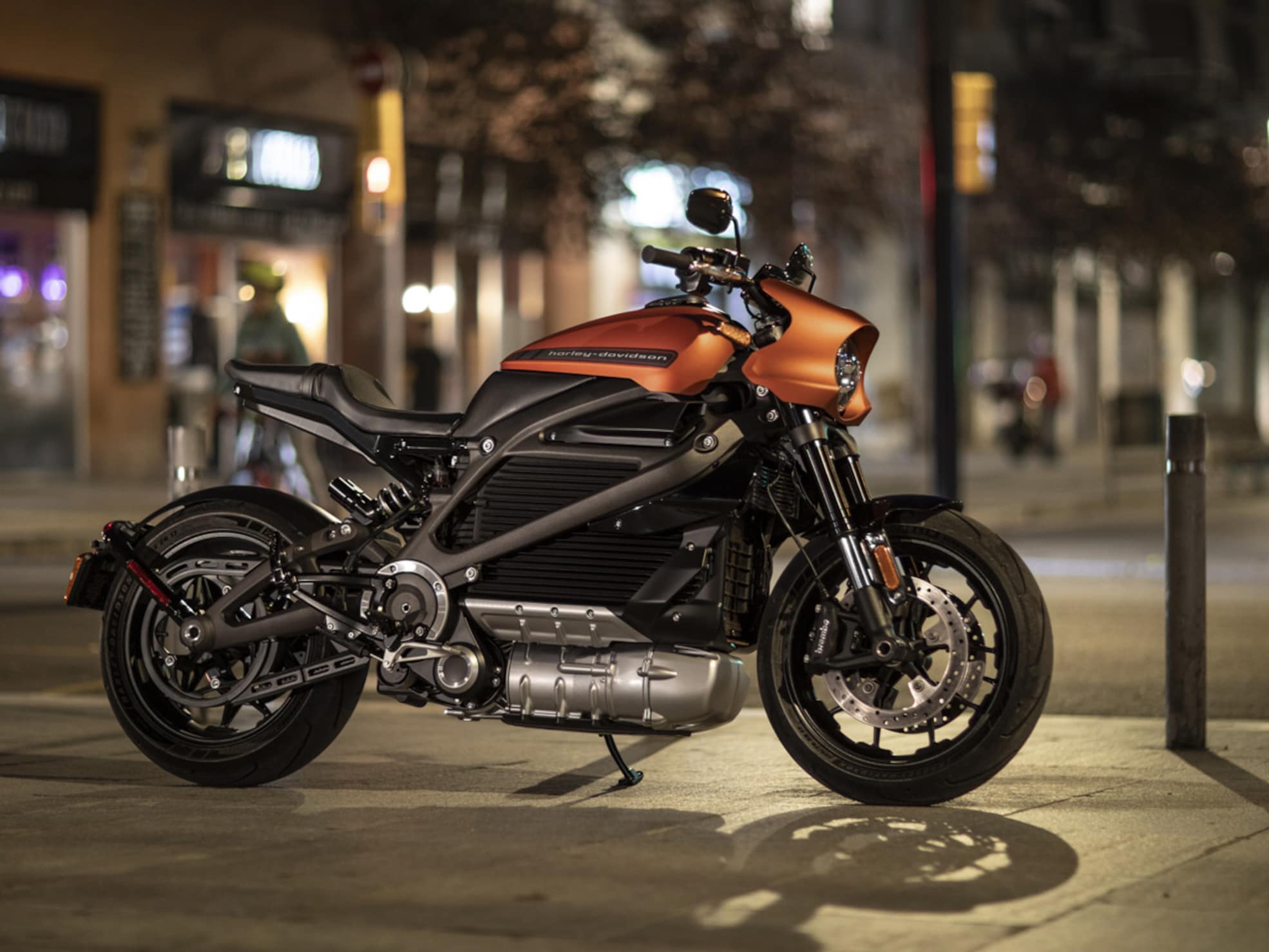
Yes, Harley’s beautiful but cripplingly expensive Livewire may have produced a few chuckles and raised eyebrows, but their management knows better than anyone that internal combustion is going the way of the liquified dinosaurs it needs to make those old engines spin.
And while you may fret about missing the ‘soul’ of petrol engines and ‘that amazing exhaust sound,’ imagine for a moment your 2035 Yamaha electric naked, with its 250 horses, 4 year service intervals, chump change running costs and bottomless pit of arms-stretching torque. How will we ever survive?
The Offroad Boom
While it’d be hard to argue that off-road riding itself has blossomed in recent years, what is obvious is that riders who are looking for ‘the next big thing’ after cafe racers are gawking squarely at scramblers and trackers for their new hit of moto cool.
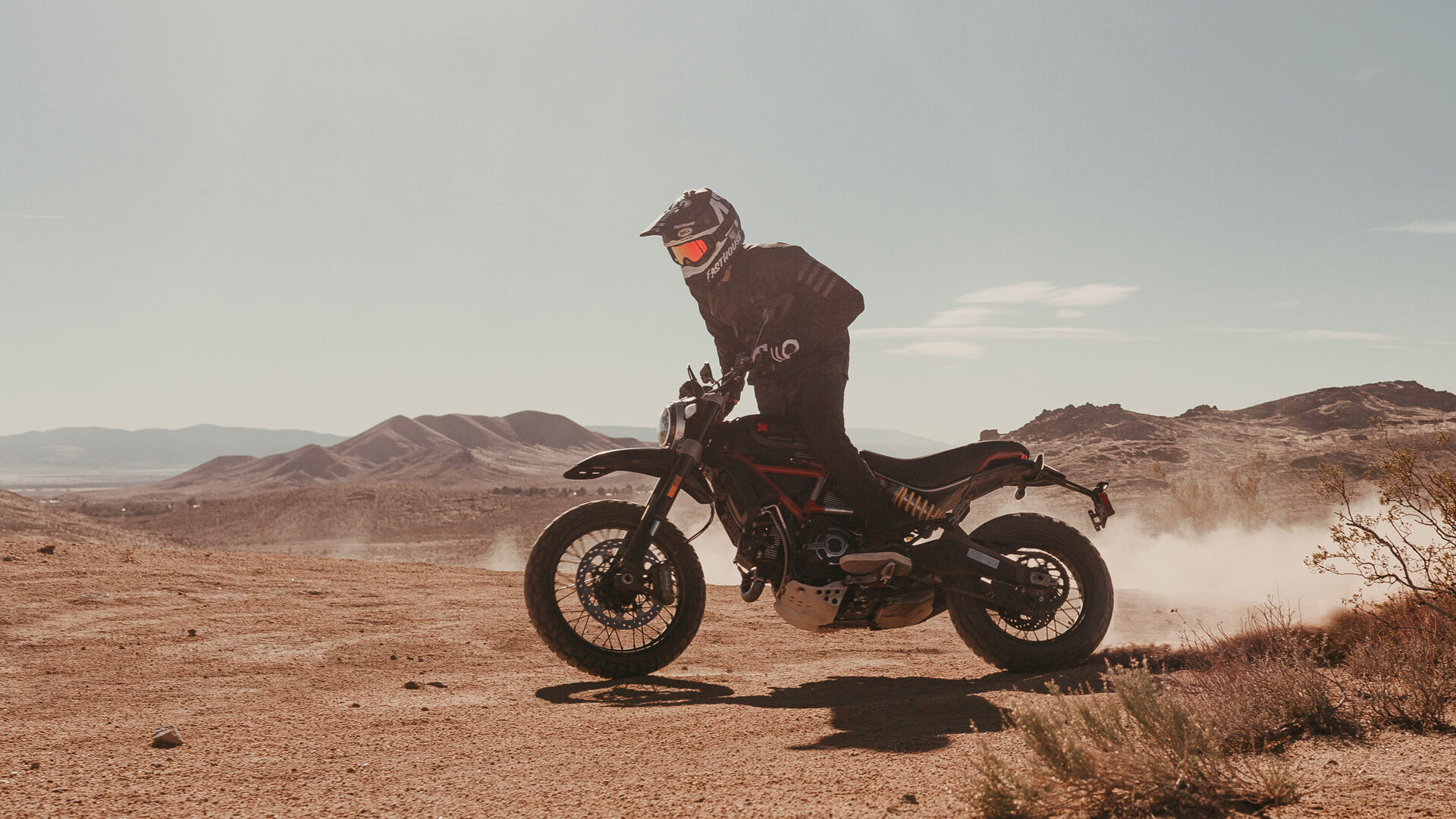
And the manufacturers also see this. Just think of BMW’s scrambled version of their RnineT, Ducati’s Scrambler, Triumph’s retro, erm, Scrambler 1200 or Indian’s FTR 1200. Now, cast your gaze to the other end of the market, where Chinese-made beginner bikes that used to be cafe’d-up to within an inch of their lives are now leaving their Guangdong factories with knobby tyres and high pipes.
Yes, you could probably argue that many of these bikes will never see dirt in their lives, but as with all those Landcruisers and Land Rovers, it doesn’t stop their owners from falling in love with the idea of an outdoor life or screaming around a flat track with their foot down and mud in their teeth.
Electronics Aids
We’ve touched on this already, but it’s becoming increasingly clear that electronic intervention has many more benefits than it does negatives. 5 years ago, it all looked rather hamfisted, nanny-esque and a little pointless. Sure, ABS might be OK for those of us without the proper experience, but for the rest of us? Obviously, we’re just too skilled to really need it.
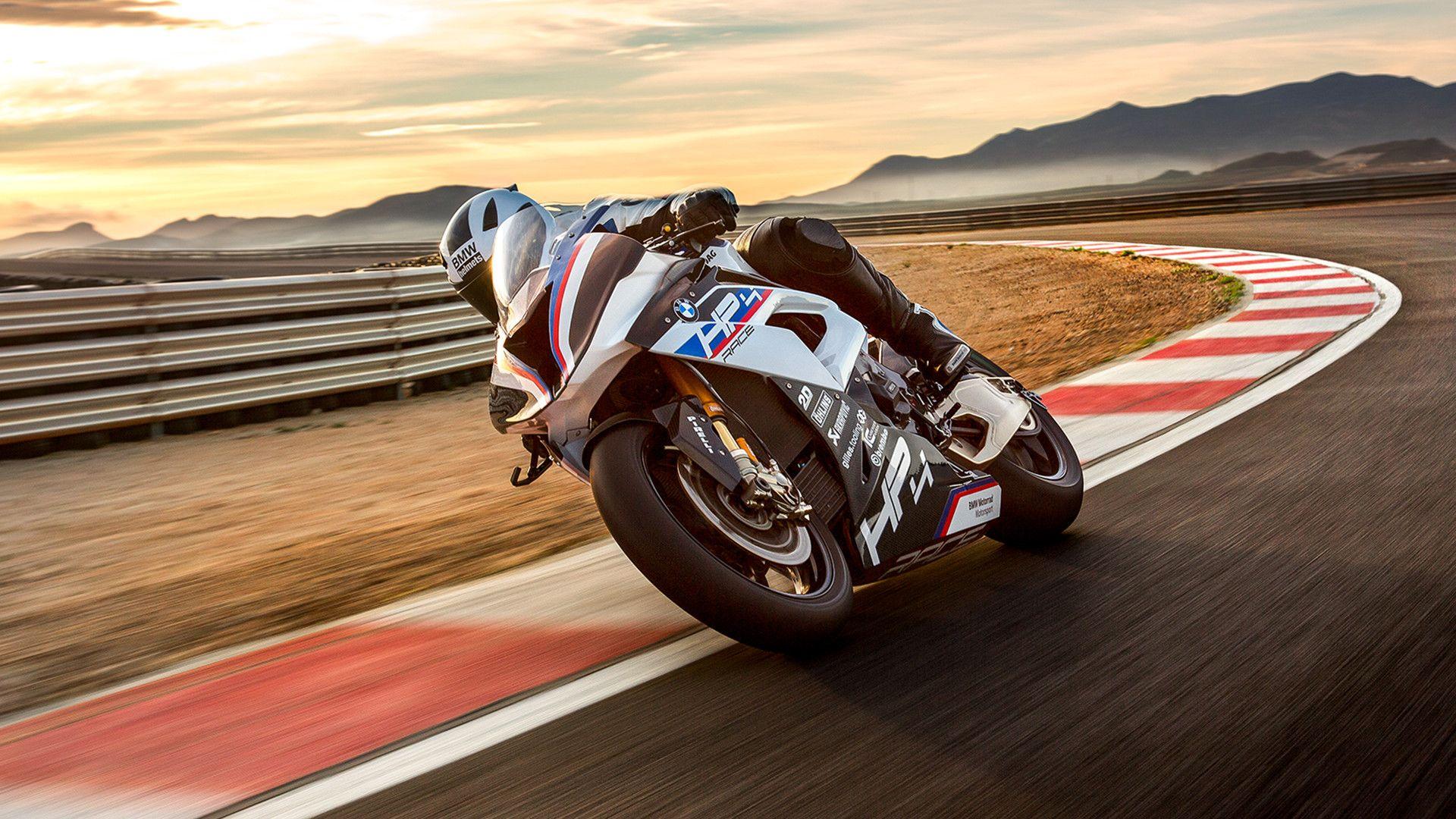
Now, fast-forward to journos stepping off BMW’s uberrad HP4 at a loss for words after having their brains deep-fried and their top-shelf expectations shattered like a COVID safety plan at a spring break party.
Of course, the irony here is clear as day. While we’re now eating our words and riding like Rossi thanks to the very safety nets we were so skeptical of in 2015, much of this tech is already redundant or at least ready for a major overhaul with the imminent rise of electric bikes. Who needs quick shifters and engine braking when there are no gears and your permanent-magnet direct current electric motor stops and starts instantly?
Better Learner Bikes
This is going to make us sound old, but in our day, beginner bikes were an embarrassing right-of-passage that sorted out the wannabes from the truly committed. You try turning up to a ride with strangers on 1000cc Gixxers with your ’91 Honda CB250 and not feeling like a complete clown. It’s just not humanly possible.
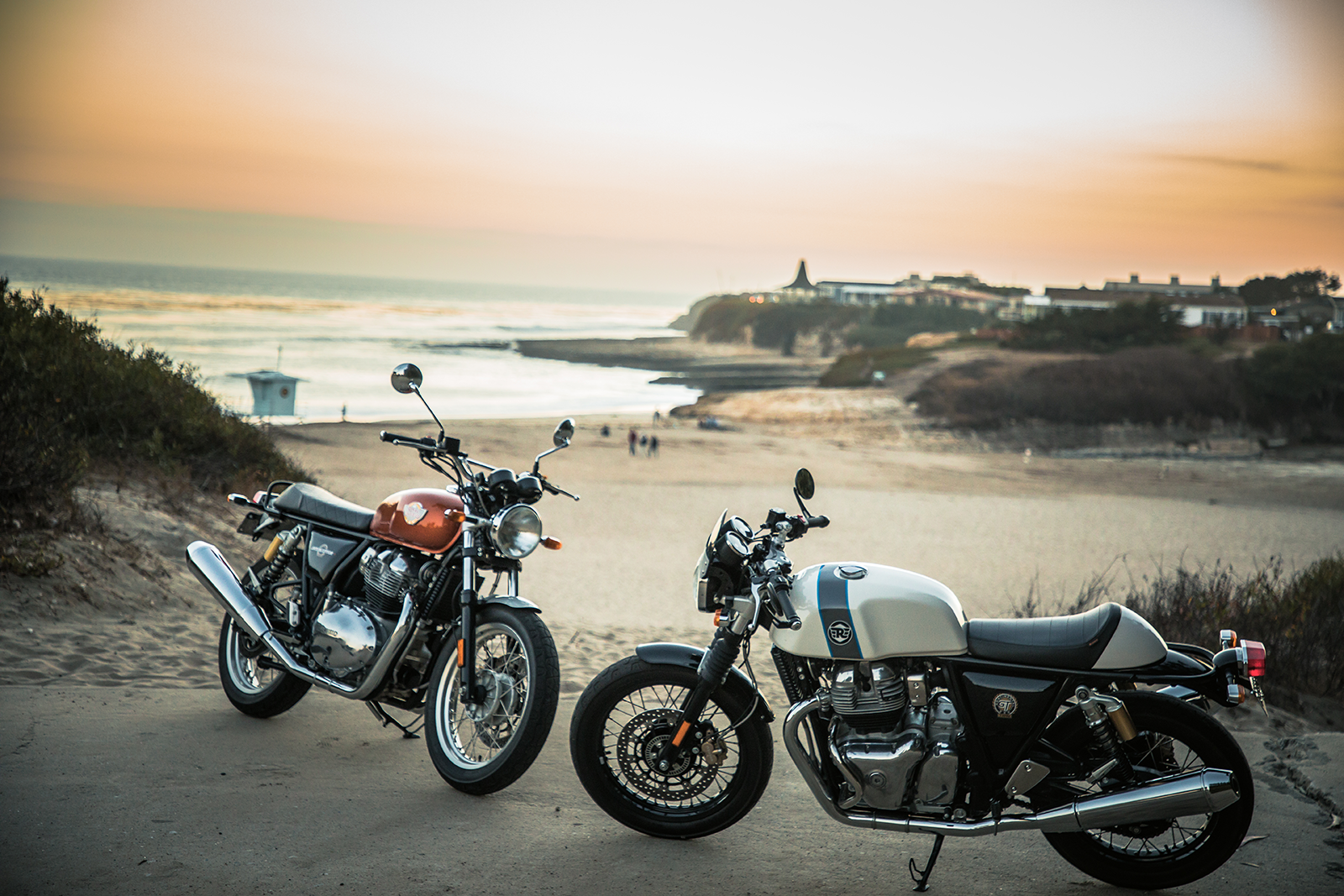
And while some liberty-lovin’ countries are perfectly happy to allow complete amateurs onto litre bikes without helmets, most of the world’s riders know full well that you have to learn to crawl before you can walk. Of course, there’s always a classic bike from the 70s that will look cool and be relatively manageable, but what newb has the skills to fix a fifty-year-old, misfiring CB750 by the side of the road in a downpour?
But just look at the options now: Yamaha’s MT07, Royal Enfield’s 650 twins, Triumph’s Street Triple and the Ducati Monster 659 are all up for grabs along with a raft of other incredible, capable and decidedly non-lame options.
And apart from the undeniable coolness factor with all these bikes, there’s the added financial boon of not having to immediately upgrade your embarrassing training bike once you’ve earned your licence stripes. Show me a new rider that thinks an MT07 is beneath them and I’ll show you someone who’s got a hot date with a highside.
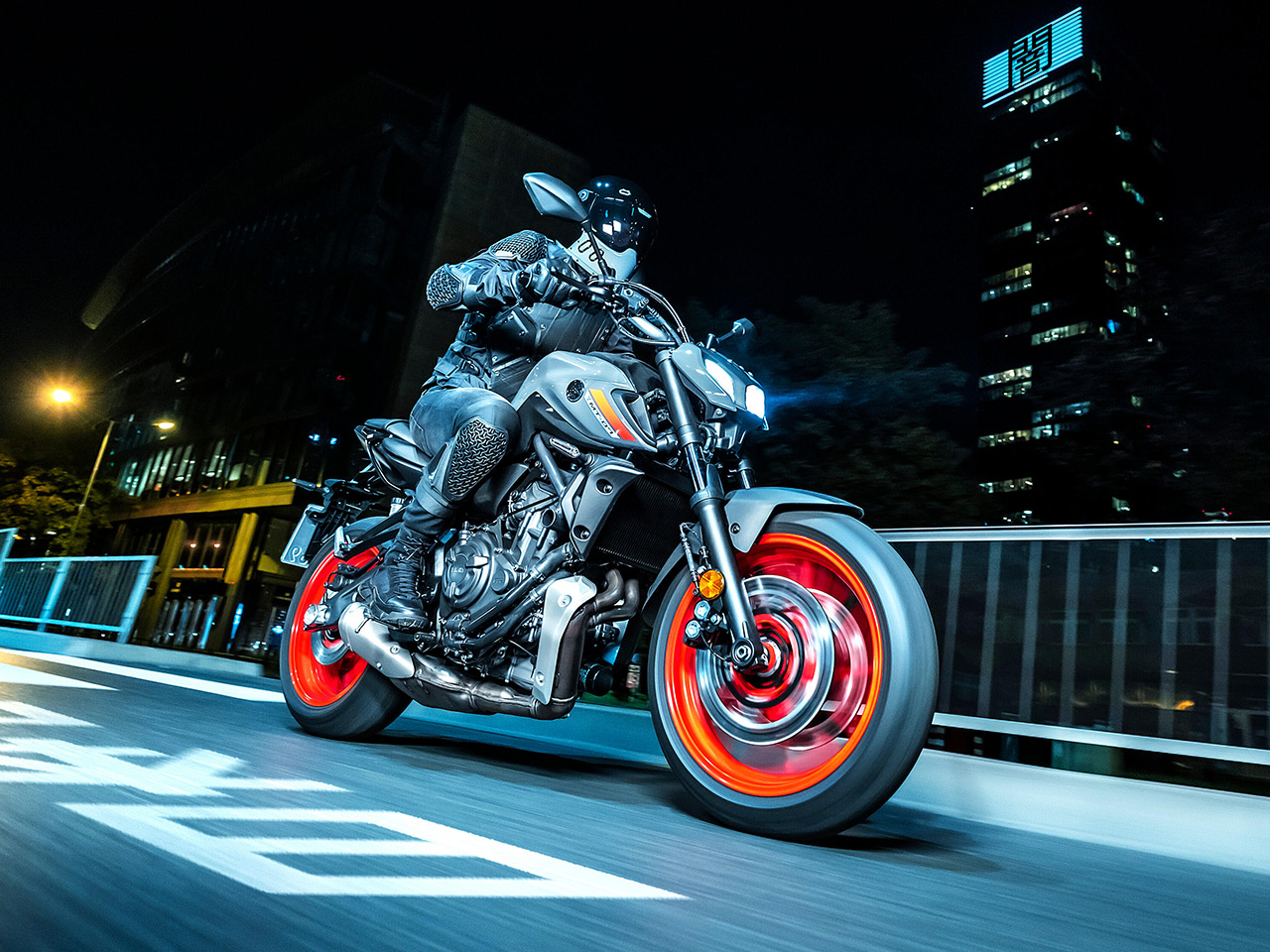
Source: MotorbikeWriter.com

